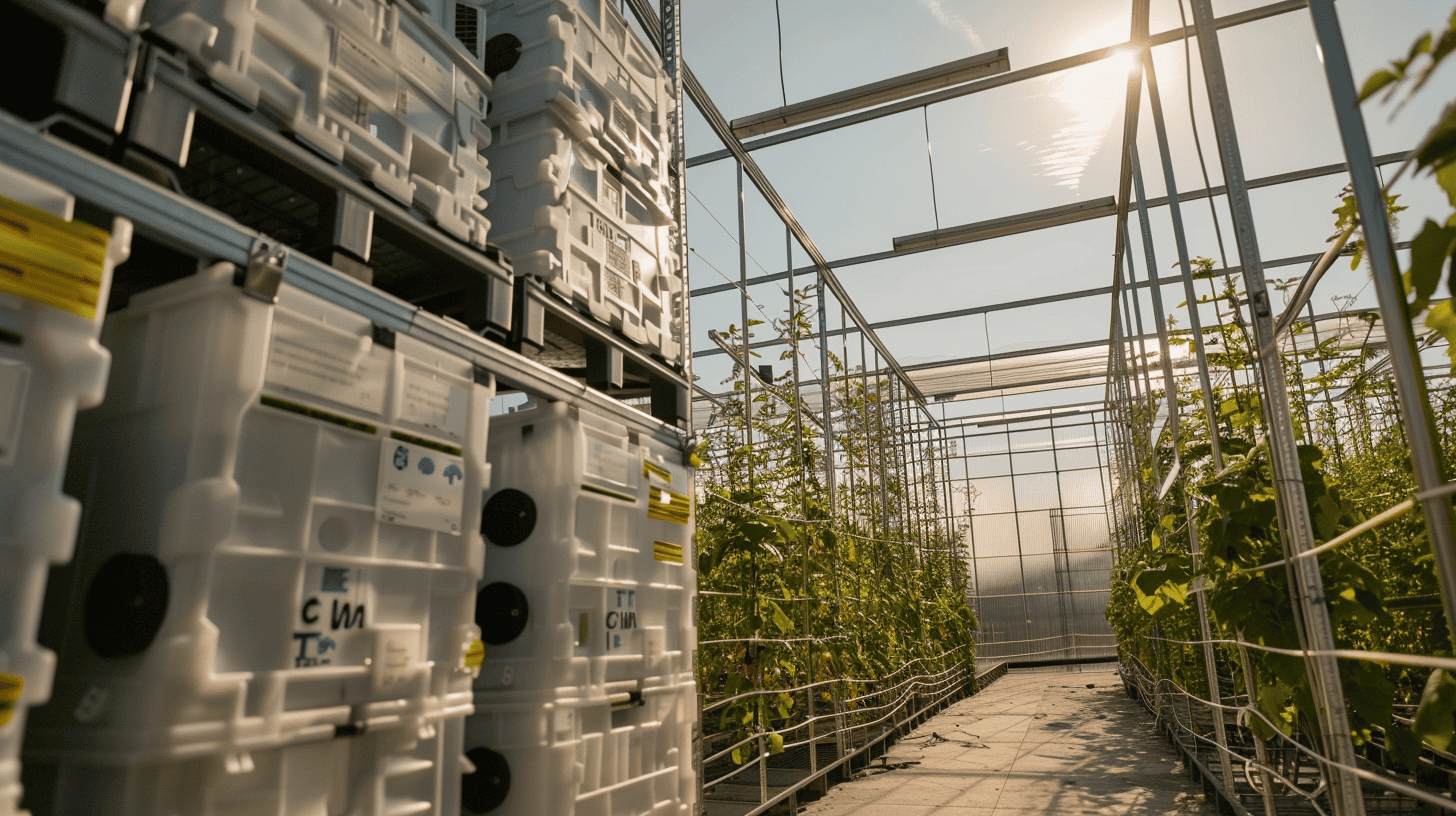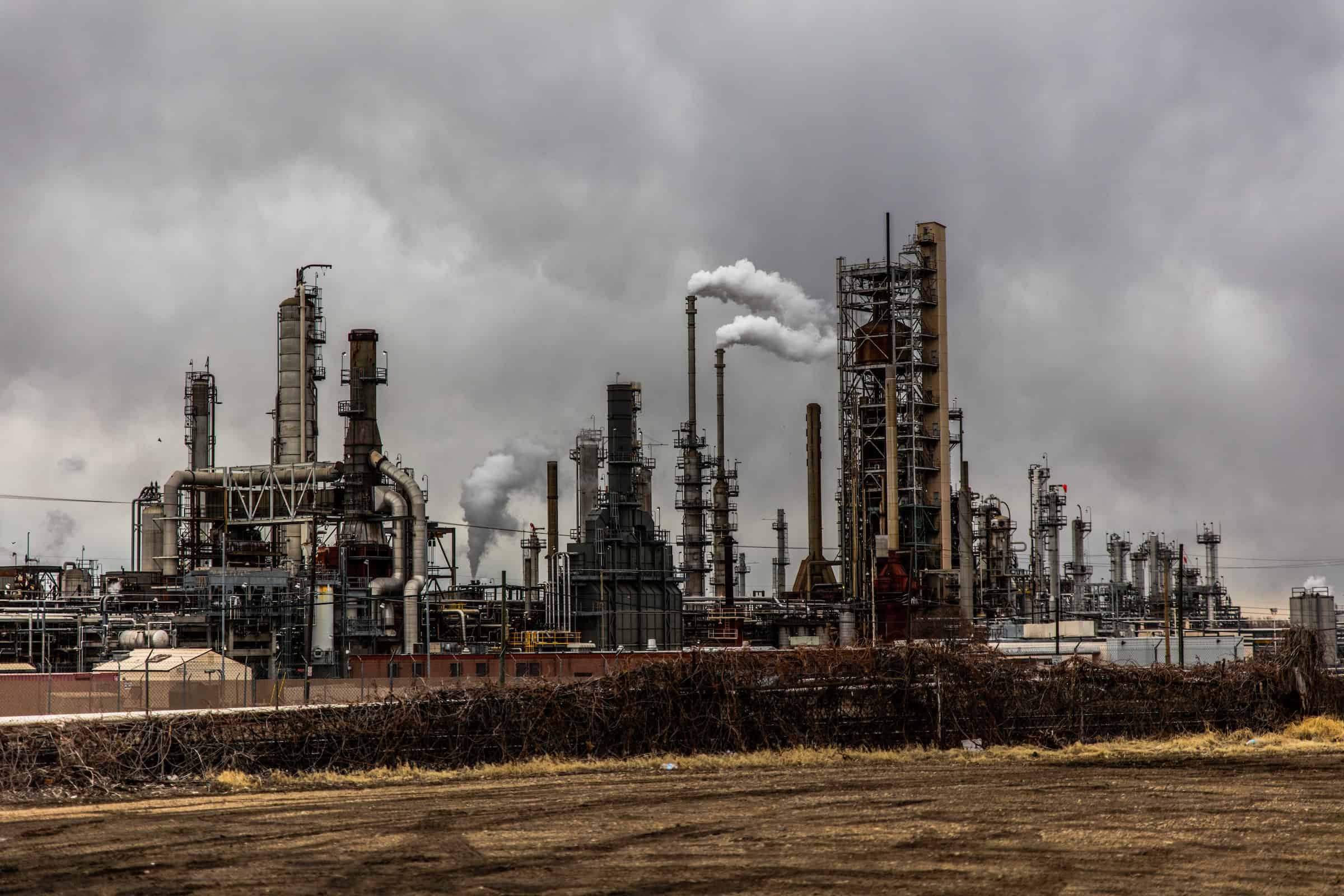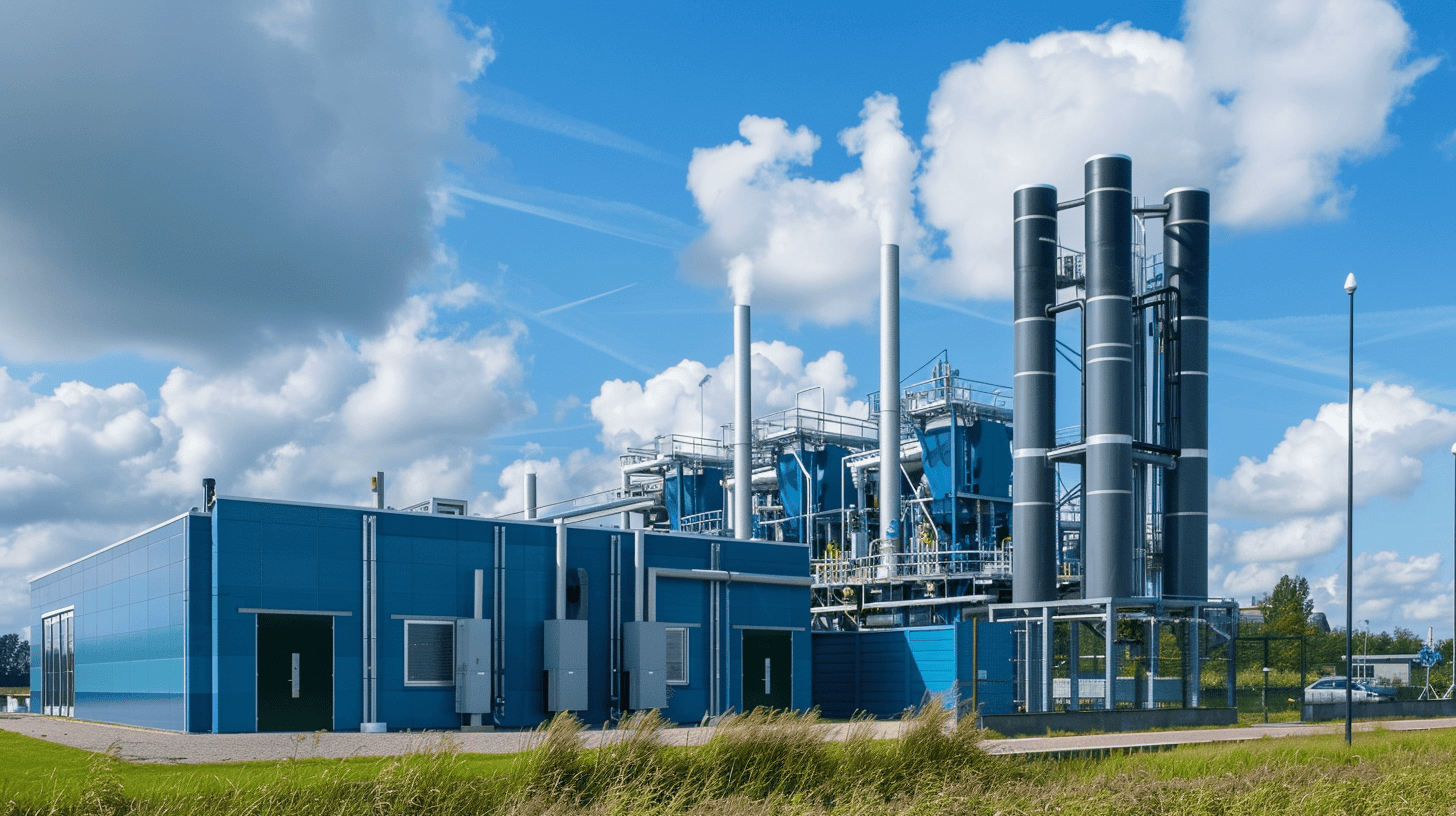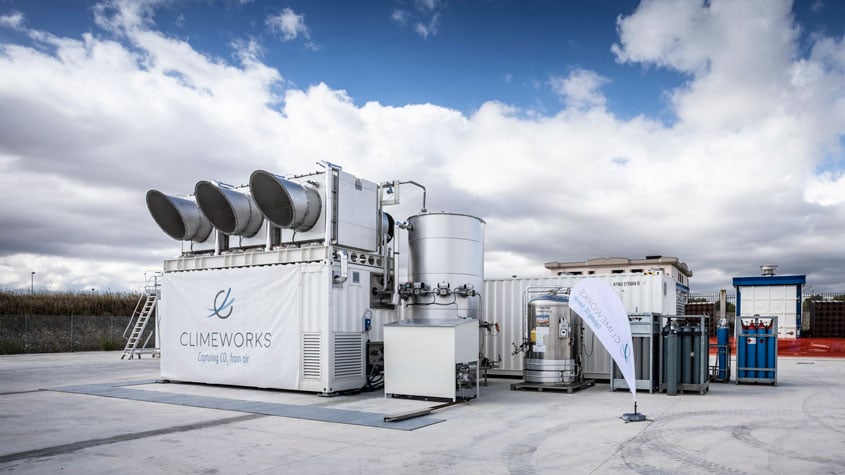
The role of Carbon Capture and Storage (CCS) in transitioning to a more sustainable society is a subject of ongoing debate. The technology, which involves capturing and storing CO2 from industrial processes, is seen as a necessary step in reducing greenhouse gas emissions. However, with the emergence of alternative, clean energy technologies, the question arises as to whether investment in CCS might not hinder the development of these alternatives.
CE Delft has developed a methodology to help policymakers assess which technologies are the best investment in cost and sustainability. This “sieve methodology” first identifies potential processes for CCS and then looks for sustainable alternatives. It then determines the subsidy intensity of these alternatives for each process. This subsidy intensity is calculated using the ‘Unprofitable Top’ model. This model considers various financial and operational factors that affect the cost-effectiveness of a technology.

CCS is eligible only if there are no cost-effective, sustainable alternatives. This condition is called “the sieve”. CCS projects for which there is a sustainable alternative will not remain on the subsidy sieve. After all, choosing a sustainable solution is better than maintaining fossil processes and capturing the CO2. Research and consulting firm CE Delft applied the sieve for the 2024 SDE++ subsidy round at the request of the Ministry of Economic Affairs and Climate. “We found that the costs for sustainable alternatives have increased relatively more than those of CCS compared to last year. This is not favorable for developing these alternatives,” they said.
Sustainability versus costs
CE Delft shows a crucial shift in the cost-effectiveness of Carbon Capture and Storage (CCS) technologies versus renewable alternatives. The recent screening study shows that the subsidy intensity for fossil reference technologies is declining, making them more cost-effective. Interestingly, “mechanical steam recompression” (MVR) is excelling as a cost-effective alternative to aqueous solution evaporation. Against this positive development are rising subsidy intensities for sustainable techniques, raising questions about the feasibility of sustainability in the industry. This study plays a key role in balancing economic feasibility and sustainable progress.
Results of the sieve study
The results of the sifting study for the 2024 SDE++ are remarkable. Whereas the subsidy intensities for the reference technologies for CCS are declining, we see an opposite movement for the renewable alternatives. This trend indicates that, in some cases, CCS technologies have become more cost-effective than last year. This is partly due to an increase in the long-term CO2 price, which improves the economic attractiveness of CCS.
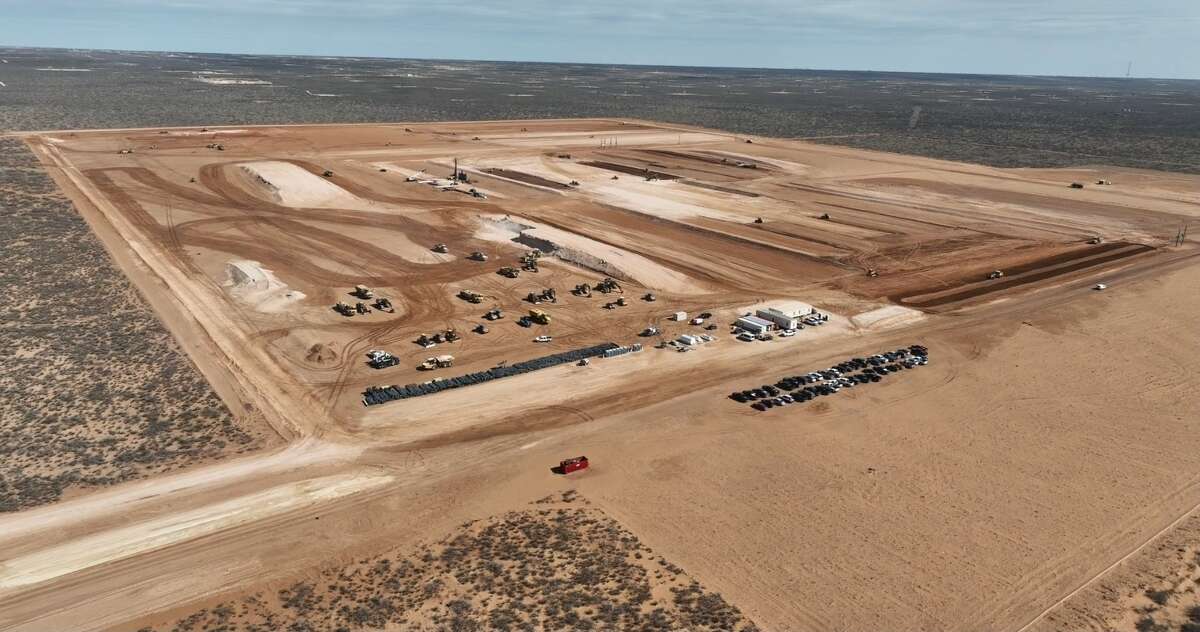
One exception to this trend is the technique of mechanical steam recompression (MVR). This technique, used for evaporating aqueous solutions, has the lowest subsidy intensity of all the techniques reviewed. The study shows that at 1 €/t CO2, MVR offers a sustainable and cost-effective alternative to CCS.
Sustainable alternatives
Although CCS technologies are becoming more cost-effective in some cases, many sustainable alternatives face higher costs. For example, the subsidy intensity for green hydrogen production is considerably high, largely due to high investment costs. This makes the technology less attractive compared to CCS, especially when looking at pure cost-effectiveness.
The screening study also shows that solid biomass and green gas boilers have higher subsidy intensities than their fossil counterparts. This suggests a financial challenge for transitioning to these more sustainable technologies. The higher costs may hinder the industry’s long-term sustainability. Such findings are crucial for policymakers when deciding on subsidies and investments in energy technologies.
Implications for climate policy
The findings of this study have implications for climate policy in the Netherlands. The Dutch Climate Agreement stipulates that subsidizing CCS should not be at the expense of developing clean alternatives. The screening study shows that although CCS is becoming more cost-effective in certain cases, the general trend is rising costs for sustainable alternatives.
This brings the need to rethink how subsidies are distributed and which technologies are prioritized. With rising CO2 prices and the increasing need to meet climate goals, it is important to strike the right balance between cost-effectiveness and sustainable development.



